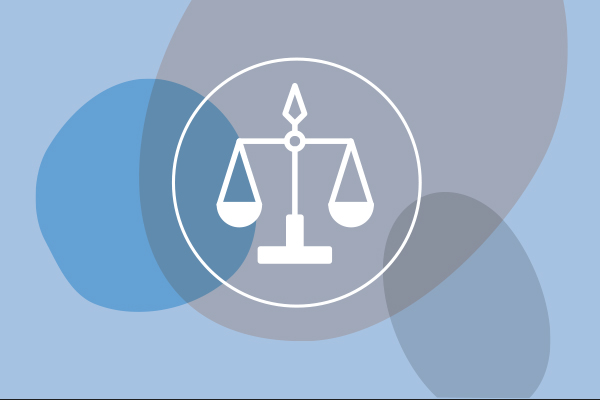Modern scientific publishing of digital articles enables the use of many communication channels and resources that simply weren’t possible with paper articles. AAS journals encourage the enhancement of articles with data, visualizations, and other digital assets, particularly in support of clear communication and reproducibility of studies. We provide a variety of services to authors who include digital assets with their articles, including data and graphics review, archiving of data behind figures, and linking of journal data to outside repositories.
Below are some definitions of types of digital assets that can be included in AAS journals.
Formatted data tables with metadata headers that use similar standards and styles to CDS’s VizieR catalogs.
Collections of a large number of similar style figures. Each individual figure in a figure set has its own caption and a distinct label to efficiently locate it within the set. Note that a multi-panel figure is not the same as a figure set.
Extended figures
Smaller collections of similar figures defined by a single caption.
Datasets a reader can manipulate as a JavaScript-driven figure, such as a 3D model.
Videos embedded and streamed directly within the article.
Underlying data used to create all or a portion of a displayed figure, provided to improve reproducibility of the science. The data can be formatted as a machine-readable table or a FITS table.
Supplemental data
Data aggregated in a .tar.gz package. This can include source code, I/O specific tables, FITS images/tables, and other particular data files.
Persistent repositories that host supplementary data and/or software related to an article.




